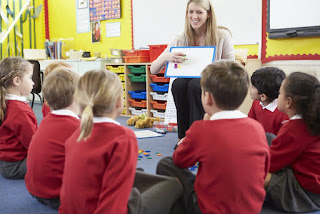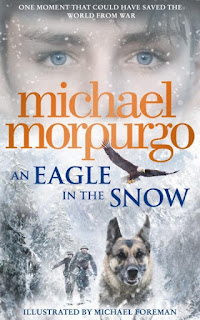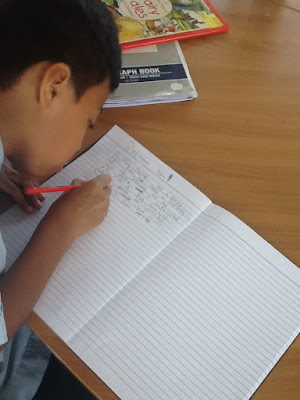Where's The Poetry Section?

Where’s The Poetry Section? I have been wandering into bookshops in search of poetry for most of my adult life. As an educator, I acquire poetry books to better position myself to teach poetry. As a poet, I need poetry books to deepen my understanding of how poetry works. I am constantly searching for poetry’s vital spark. I am committed to this quest. Poetry is my writing oxygen. But sadly in so many of my poetry searches I have come away empty handed and somewhat disillusioned. In the vast majority of bookshops you will not find a designated section for children’s poetry. When poetry titles are offered, they are more than likely classic rhyming verse and frequently sitting among the general collection of picture books. Little wonder kids only think of poetry as something that rhymes. They develop a narrow interpretation of poetry because that is what they are being fed. Rarely do you find contemporary content. The landscape is barren and de...







